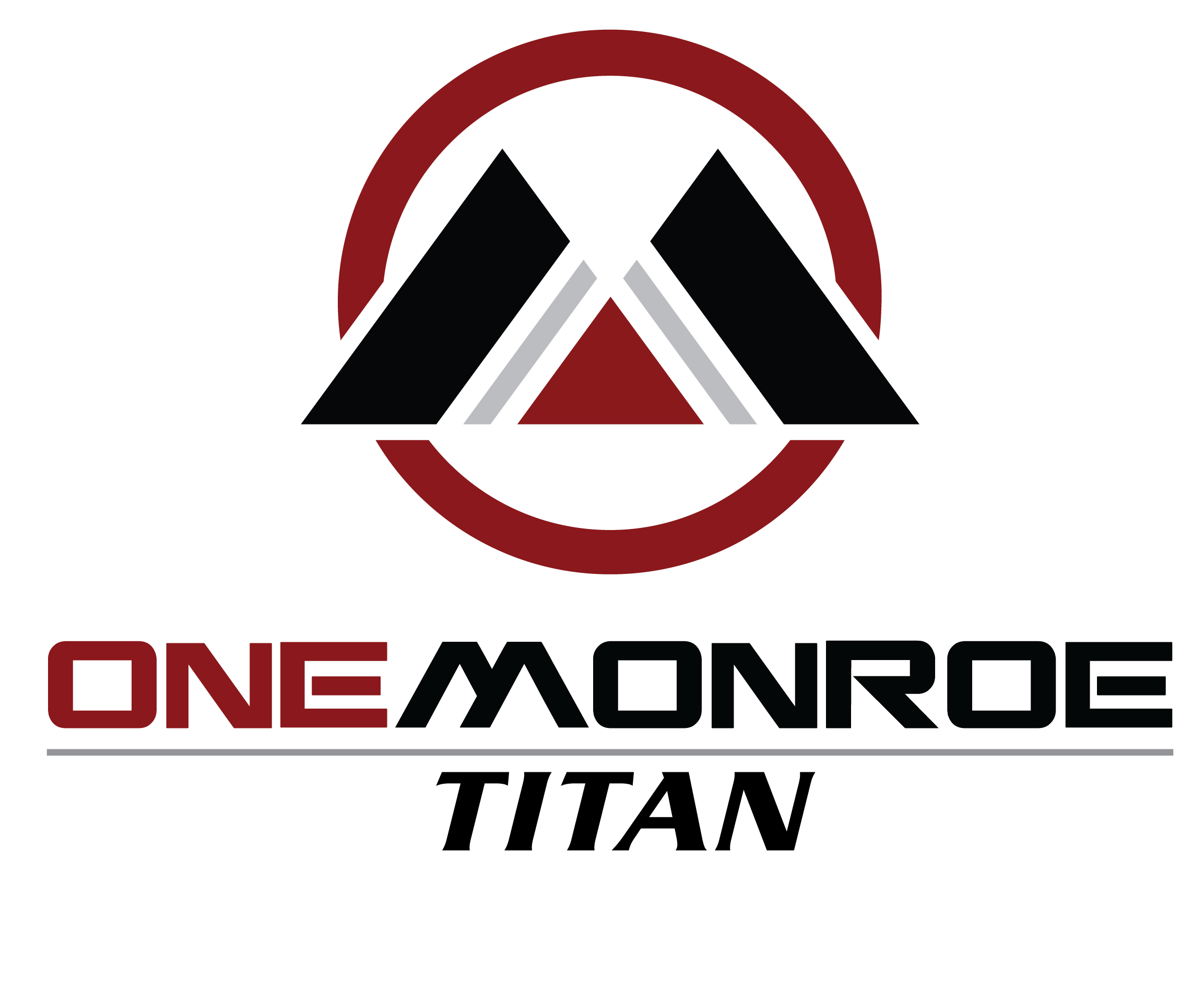
When it comes to setting up a solar power system, understanding the different types of cables is crucial for safety, efficiency, and performance. For outdoor solar panel connections, PV wire stands out as the best option, ensuring durability against environmental factors. If you are considering underground installations, the USE-2 wire offers a reliable solution, while THHN/THWN wire is ideal for indoor wiring setups.

Choosing the right solar cable isn’t just about selecting the right type; it’s also about understanding their specific applications and the materials they are made from. High-quality tinned copper conductors are preferred for excellent electrical conductivity and resistance to corrosion.
Join us as we explore the essentials of solar cable selection, offering guidance to make these critical choices easier. Whether you’re planning a residential or commercial installation, this guide aims to remove the confusion, helping each of us take the next step toward energy independence with confidence.
Understanding Solar Cable Types
Choosing the right solar cable is essential for maximizing the efficiency and safety of a solar power system. We’ll explore what constitutes a solar cable, the differences between single core and multi core options, and the critical specifications that ensure optimal performance.
What Is a Solar Cable?
A solar cable is designed specifically to conduct electricity generated from solar panels. These cables connect solar panels to an inverter or battery storage system, facilitating the flow of DC current.
Durability is a key feature, as solar cables must withstand harsh environmental conditions. They are constructed to resist UV radiation, extreme temperatures, and moisture. This ensures longevity and reliability in diverse weather conditions.
Single Core vs. Multi Core Solar Cables
In the realm of solar cables, single core and multi core designs cater to different installation needs. Single core cables have one conductor, typically used for straightforward installations where space is not a constraint. They offer simplicity and ease of installation.
Multi core cables contain multiple conductors bundled together. These are ideal for compact spaces or where flexibility is critical. Multi core designs can reduce clutter by combining several cables into one, simplifying complex installations. The choice between these depends on the installation’s specific requirements and space limitations.
Key Specifications: Amps, Voltage, and Watt Ratings
Understanding the specifications of solar cables is crucial for optimal system performance. Amps (current), volts (voltage), and watts (power output) determine the cable’s capacity to handle the electrical load from a solar panel.
Amps indicate how much current the cable can carry. Properly matching the amp rating with system requirements prevents overheating and ensures safety. Voltage ratings define the maximum voltage the cable can safely conduct, critical for avoiding electrical failures.
Watt ratings combine these factors to represent total energy capacity. It’s important to select cables that align with our solar power system’s particular requirements to achieve efficient and reliable power transmission.
Choosing the Right Solar Cable for Your System
When selecting solar cables for our solar PV system, we must consider several factors to ensure efficiency and safety. These include the proper sizing to account for amp rating and voltage drop, compatibility with other solar components, and considerations for installation and maintenance.
Cable Sizing: Amp Rating and Voltage Drop
Selecting the correct cable size is crucial as it affects the efficiency and safety of the system. We must choose a cable with an appropriate amp rating to handle the current flowing through the system. Cables with insufficient amp ratings can overheat and pose safety risks.
When wiring solar panels, it’s important to account for voltage drop, which can reduce system efficiency. Voltage drop occurs when electrical current travels over a distance, so choosing cables that minimize this loss is essential. Using a voltage drop calculator can help determine the best wire size to maintain efficiency.
Compatibility With Solar Components
Ensuring that our solar cables are compatible with other components in the solar PV system is vital. This includes connectors, solar inverters, and solar charge controllers. Using mismatched components can lead to decreased performance and damage to the system.
We need to verify that the cable ratings (voltage and current) match the system’s requirements. For instance, common solar cables are rated for 600V, 1000V, or 1500V DC. Using cables with the appropriate ratings ensures reliable and efficient operation. It’s also important to choose cables that support safe connections with deep cycle batteries and regulators for optimal performance.
Installation and Maintenance Considerations
Proper installation and maintenance of solar cables enhance both performance and longevity. When installing, we must ensure cables are laid out correctly and properly secured to prevent damage from movement or environmental factors. Suitable conduit or trunking may be necessary to protect the cables.
Regular maintenance is needed to check for wear and tear, especially in outdoor installations. Periodic inspections can help identify any signs of degradation or damage. Selecting cables with high resistance to UV rays and moisture can reduce the need for frequent maintenance.

